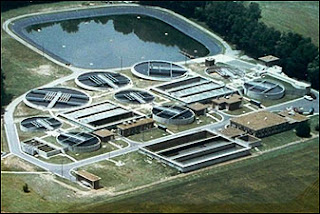 |
| Environmental Protection for New York |
As you can about see, engineers care not only about their jobs and moving up in life, but also about what their job does for the American people. We calculate all the math, looking at every little detail, from weather, pressure, stress, tension, compression, load capacity, different material strengths, and many more variables to ensure the safety and well-being of the citizens who will use these structures, in everyday life. With our minds set on the safety of others, we also have to ensure the future protection of the environment; while also following the principle of Sustainable Development. This is the process of applying natural, human, economic resources to enhance the safety, well-being, and quality of life while still maintaining the availability of natural resources.
From the view of safety, if a building or bridge fails, the government or whoever is investigating the incident has to look up the Professional Engineer or P.E. who signed off on the plans for the building of the bridge that certain way. See we do all these calculations with semi's trucks loaded to their maximum capacity, loading the structure with the maximum amount of trucks it can hold. Yes, if there was someone to be injured then the fault would be on the professional engineer who signed off on the plans. There is also not just the professional engineer to blame, because a lot goes into a project then just the P.E. Like in the Minard Hall collapse, the planners were investigating the geo-technical part, or the strength of the soil to uphold the building. If you were to look at the building that spring, you could see the building's structure did not fail, but sunk down into the ground. This could have been from the wrong soil layering used in improving the strength, or from the constant freeze-thaw from the winter saturating the ground making it soft and moist.
 |
| Foundation Cracking from Earthquake |
I feel if the engineers that have put all their hard work into the building of the structure, and doing the calculations then they really can't be to blame. Yes there are events that happen, as well as the wear and tear on the roads or bridges from time. With these events you can't really blame the engineers for everything. They are just trying to make the human life better and easier, getting them to where they need to go faster and safer. The engineers not only concentrate on their work, but also follow their code of ethics they promise to work by when doing these projects.
References
http://www.asce.org/Leadership-and-Management/Ethics/Code-of-Ethics/



